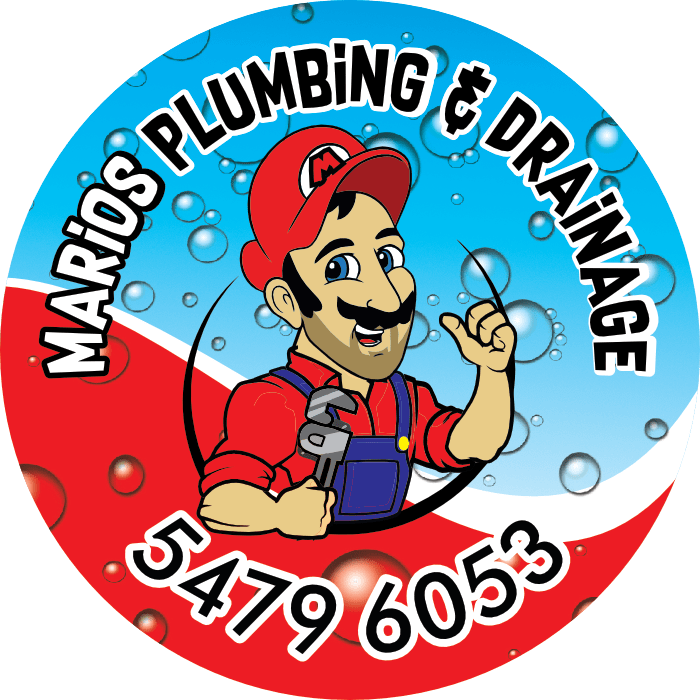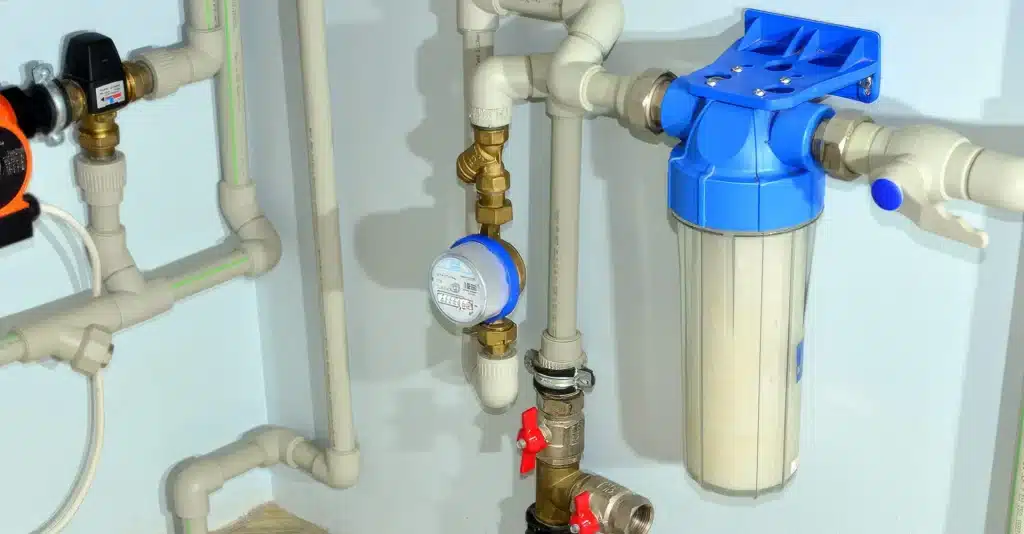G’day, fellow water enthusiasts! Let’s chat about something that’s crucial for every Aussie home – clean, safe drinking water. If you’re scratching your head about which water filter to choose, you’re not alone. It’s a bit of a maze out there with all the options available. But don’t worry, mate! I’m here to help you navigate through this without getting bogged down in tech-talk or sales jargon. Let’s dive in and find the right water filtration system for your home, shall we?
Why Bother with Water Filtration?
Before we jump into the nitty-gritty, let’s talk about why water filtration is a big deal. Sure, Australia has some of the cleanest tap water in the world, but that doesn’t mean it’s perfect. Depending on where you live, your water might have a funny taste, contain chlorine, or even have traces of metals or chemicals. A good water filter can:
- Make your water taste better
- Remove harmful contaminants
- Protect your appliances from scale buildup
- Give you peace of mind about what you’re drinking
Now that we’ve got that sorted, let’s get into how you can choose the right system for your home.
Step 1: Know What’s in Your Water
First things first, you need to know what you’re dealing with. Different areas in Australia have different water quality issues. For example:
- If you’re in Melbourne, you might notice a chlorine taste
- Brisbane folks might deal with hardness in their water
- Perth residents often complain about a salty taste
The easiest way to find out what’s in your water is to get it tested. You can:
- Contact your local water supplier for a free report
- Buy a home testing kit from Bunnings or your local hardware store
- Send a sample to a professional lab for a detailed analysis
Once you know what’s in your water, you can choose a filter that targets those specific issues.
Step 2: Understand Different Filter Types
Now, let’s break down the main types of water filters you’ll come across:
- Jug Filters: These are cheap and easy to use. Perfect for renters or if you’re just starting out.
- Undersink Filters: These connect directly to your plumbing and filter water as it comes out of the tap. Great for long-term use.
- Whole House Filters: As the name suggests, these filter all the water coming into your house. Ideal if you want filtered water everywhere, not just for drinking.
- Reverse Osmosis Systems: These are the heavy-duty options that remove almost everything from your water, including minerals.
- UV Filters: These use ultraviolet light to kill bacteria and viruses. They’re often used in combination with other filter types.
Step 3: Consider Your Water Usage
Think about how much-filtered water you actually need. Are you a small household that only needs filtered water for drinking and cooking? Or do you want filtered water for everything, including showers and laundry?
If you’re just after drinking water, a jug filter or undersink system might do the trick. But if you want to tackle hard water issues throughout your home, a whole house system could be the way to go.
Step 4: Look at Your Space and Budget
Let’s face it, some of us are working with tiny kitchens (looking at you, Sydney apartment dwellers!). If space is tight, a bulky undersink system might not be practical. In that case, a compact countertop filter or a filter jug might be your best bet. As for budget, water filters can range from about $30 for a basic jug to several thousand for a whole-house system. Don’t forget to factor in ongoing costs like replacement filters.
Step 5: Check for Certifications
When you’re shopping for filters, look for certifications from reputable organizations. In Australia, keep an eye out for:
- WaterMark certification
- NSF International certification
- ACS (Australian Certification Services) approval
These certifications mean the filter has been tested and meets certain standards for safety and effectiveness.
Step 6: Think About Maintenance
Some filters are set-and-forget, while others need regular attention. Consider how much time and effort you’re willing to put into maintaining your filter. For example:
- Jug filters need frequent cartridge changes
- Undersink filters typically need cartridge changes every 6-12 months
- Whole house systems might need professional servicing
Step 7: Read Reviews and Ask Around
Finally, don’t just take the manufacturer’s word for it. Check out reviews from other Aussies who’ve used the filter you’re considering. Better yet, ask your mates or family if they have any recommendations.
Real-Life Example: Sarah’s Sydney Water Woes
Let me tell you about my friend Sarah from Sydney. She moved into a new apartment and noticed her tea tasted a bit off. After getting her water tested, she found out it had high chlorine levels – common in Sydney due to the water treatment process. Sarah decided to go for an undersink carbon filter system. It was a bit of an investment upfront, but now she’s chuffed with her great-tasting water. Plus, she’s saving a bundle on bottled water and feeling good about reducing plastic waste.
Eco-Friendly Considerations
Speaking of plastic waste, let’s chat about the environmental impact of water filters. While they do create some waste in the form of used cartridges, they can significantly reduce plastic bottle usage. Some eco-friendly options to consider:
- Look for filters with recyclable cartridges
- Choose systems that don’t waste water (some reverse osmosis systems can be quite wasteful)
- Opt for long-lasting filters to reduce replacement frequency
What’s Next in Water Filtration?
The world of water filtration is always evolving. Some trends to keep an eye on:
- Smart filters that monitor your water quality and usage
- More compact and efficient reverse osmosis systems
- Filters that can add beneficial minerals back into your water
FAQs
How often should I change my filter? It depends on the type of filter and your water usage. Generally, jug filters need changing every month or two, while undersink filters can last 6-12 months. Always follow the manufacturer’s recommendations.
Can I install an undersink filter myself? If you’re handy with tools, you might be able to. However, for most people, it’s best to get a professional plumber to do the job to ensure it’s done correctly and doesn’t void any warranties.
Will a water filter remove fluoride? Some filters, like reverse osmosis systems, can remove fluoride. However, standard carbon filters typically don’t. If fluoride removal is important to you, check the filter specifications carefully.
Are expensive filters always better? Not necessarily. The best filter for you depends on your specific needs. Sometimes a simple, less expensive filter can do the job just as well as a pricier option.
Can I use filtered water in my kettle and coffee machine? Absolutely! In fact, using filtered water can help prevent scale buildup in these appliances, potentially extending their lifespan.
Do I need a filter if I have a rainwater tank? While rainwater is generally clean, it can pick up contaminants from your roof or gutters. A filter can provide an extra layer of protection, especially for drinking water.
To wrap it up, choosing the right water filter doesn’t have to be a headache. By understanding your water, considering your needs, and doing a bit of research, you can find a system that’ll keep your water clean, tasty, and safe. Remember, there’s no one-size-fits-all solution – what works for your neighbour might not be the best for you.
So, take your time, weigh up your options, and soon you’ll be enjoying top-notch water straight from your tap. Cheers to that!


